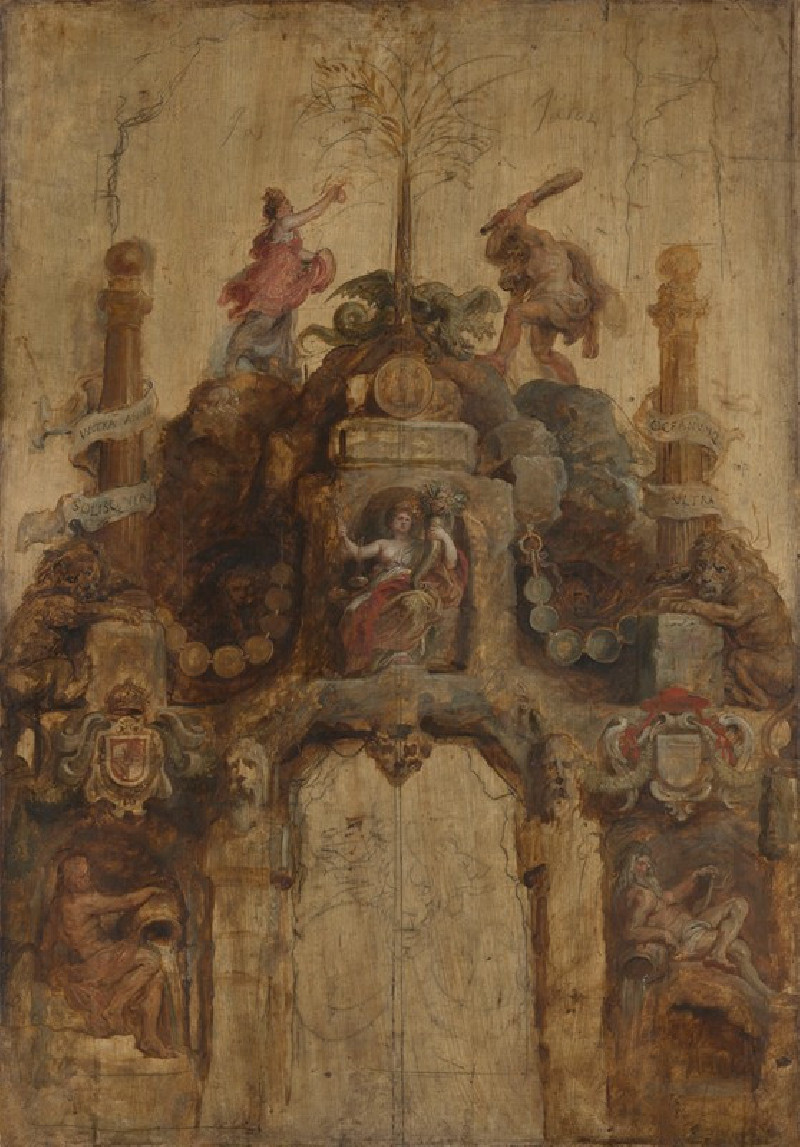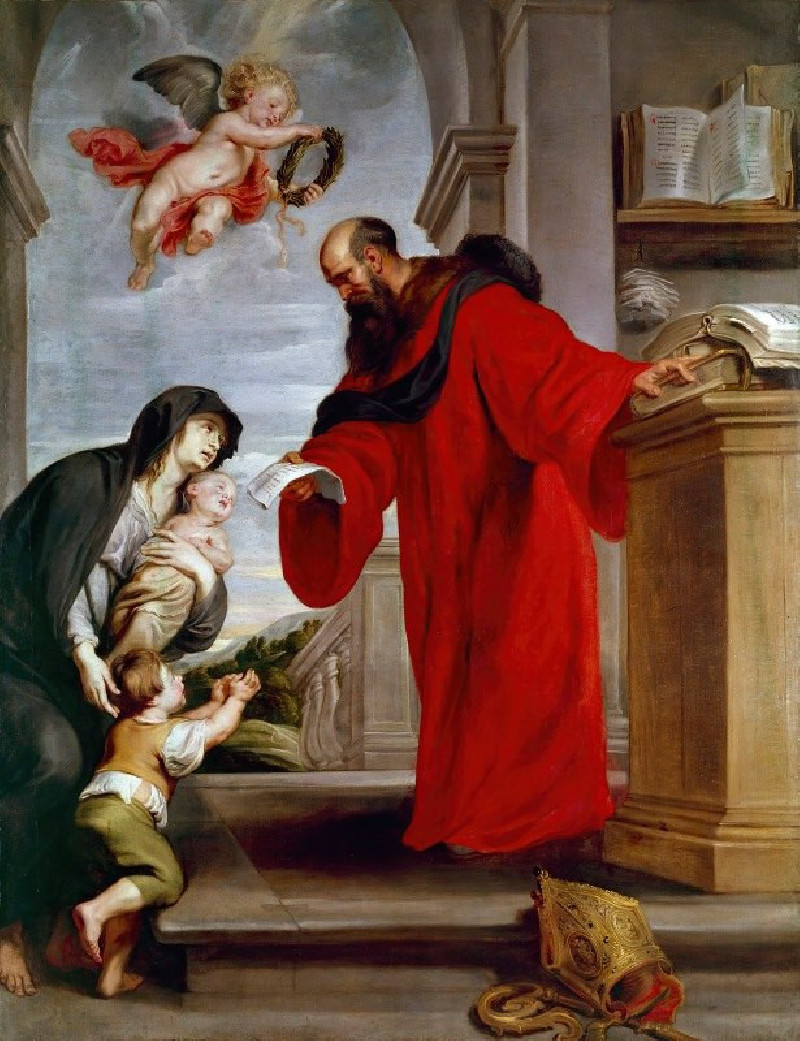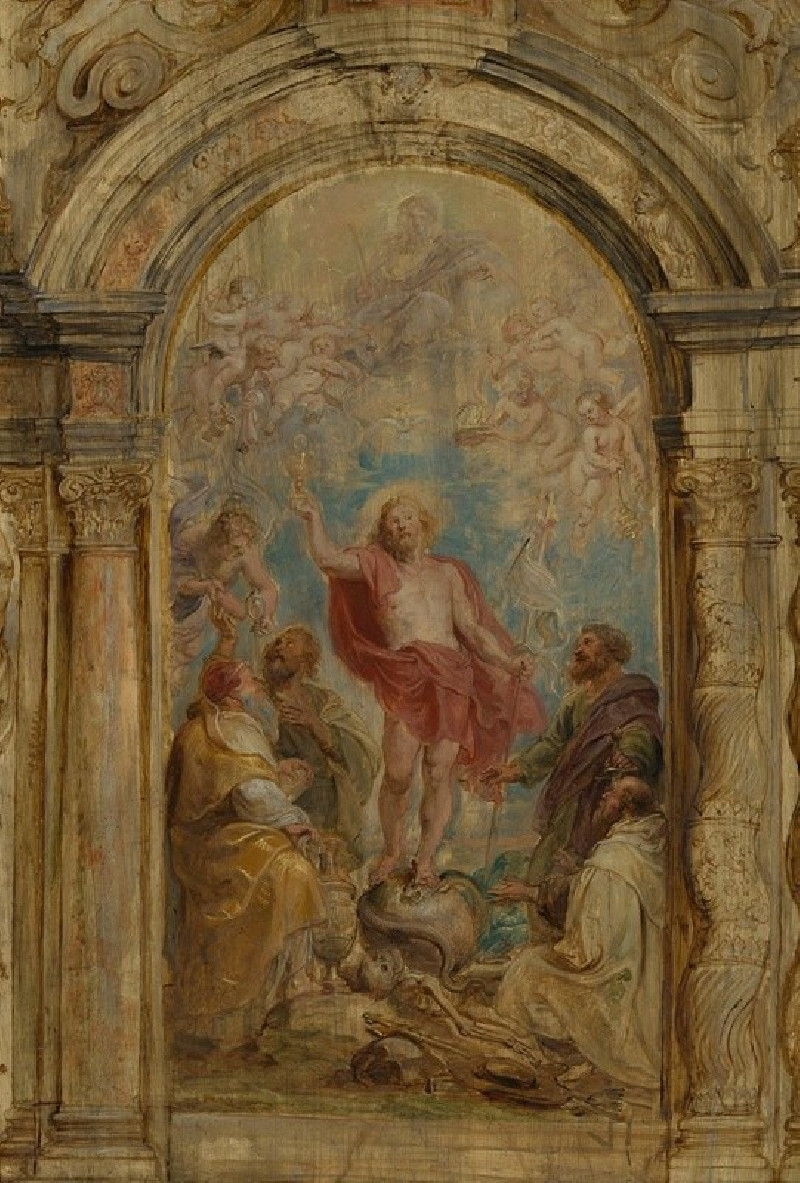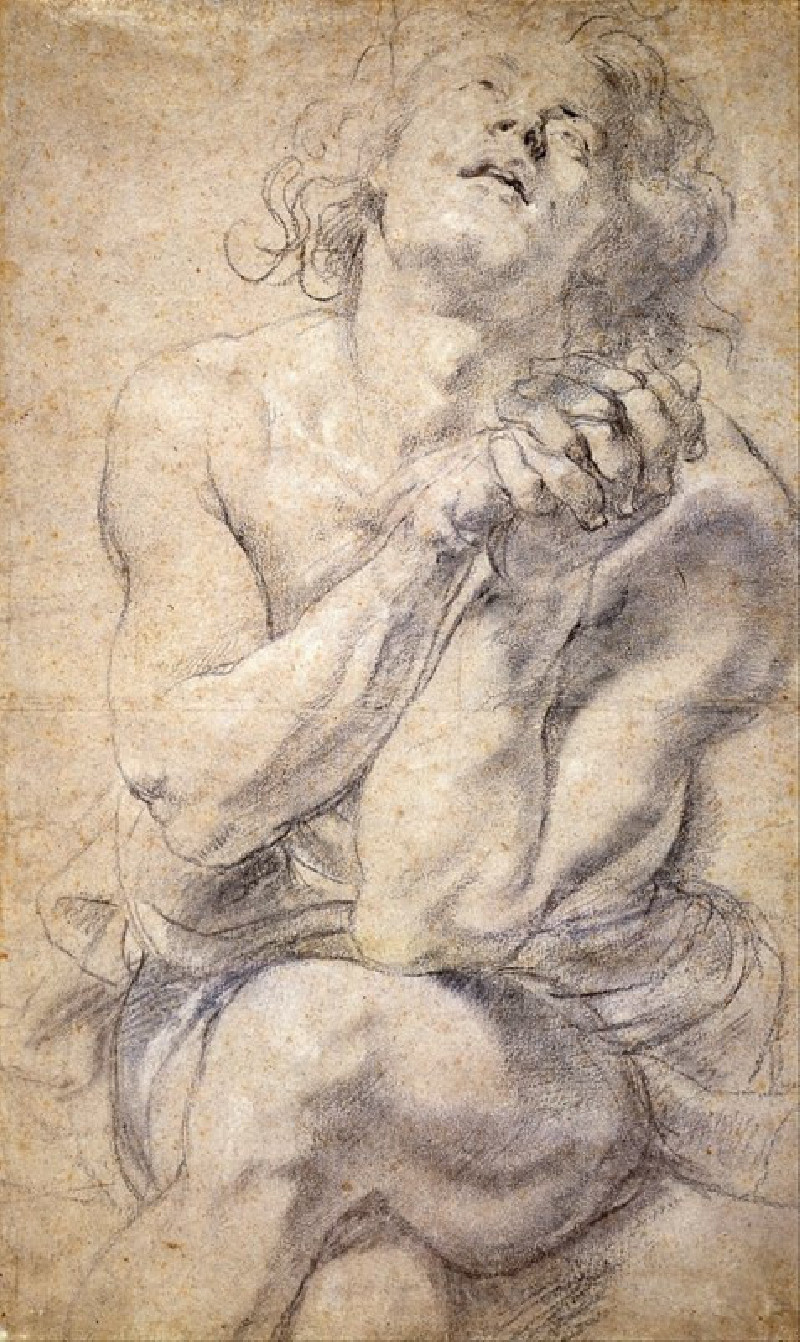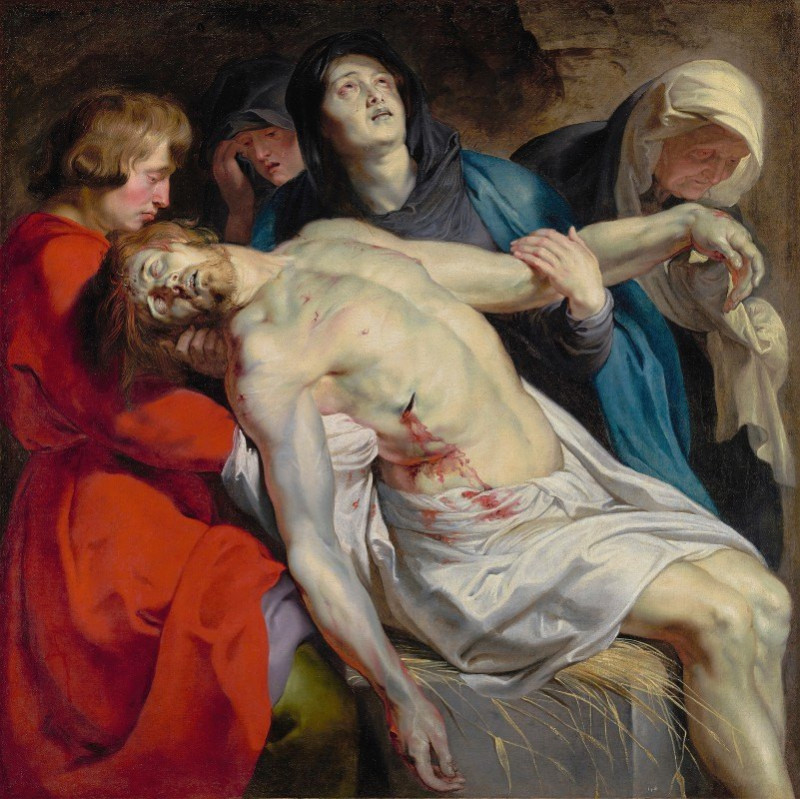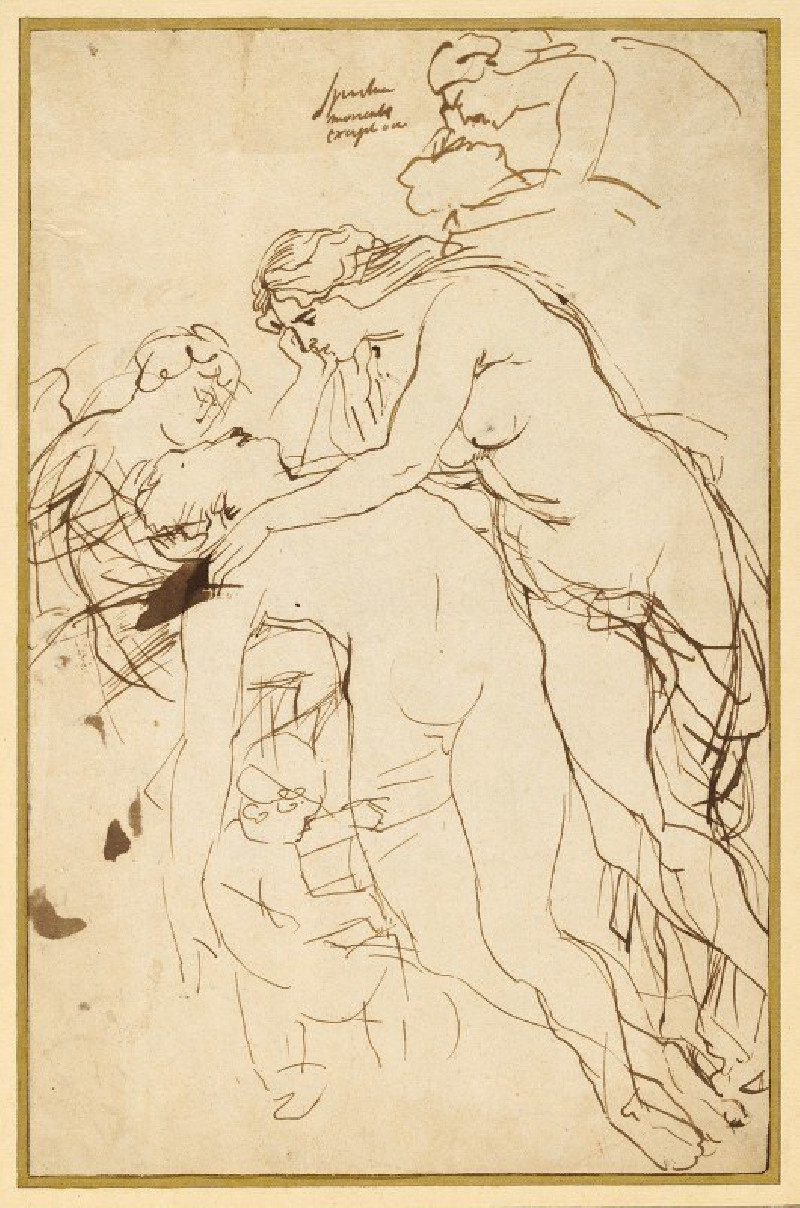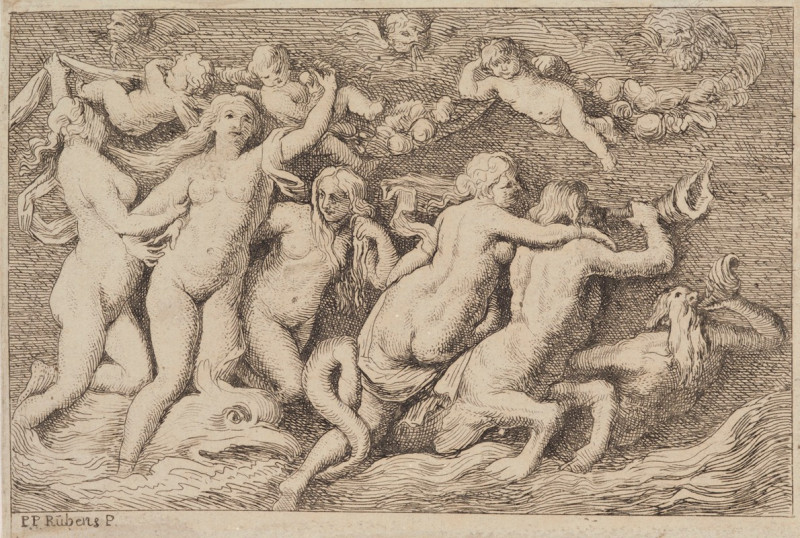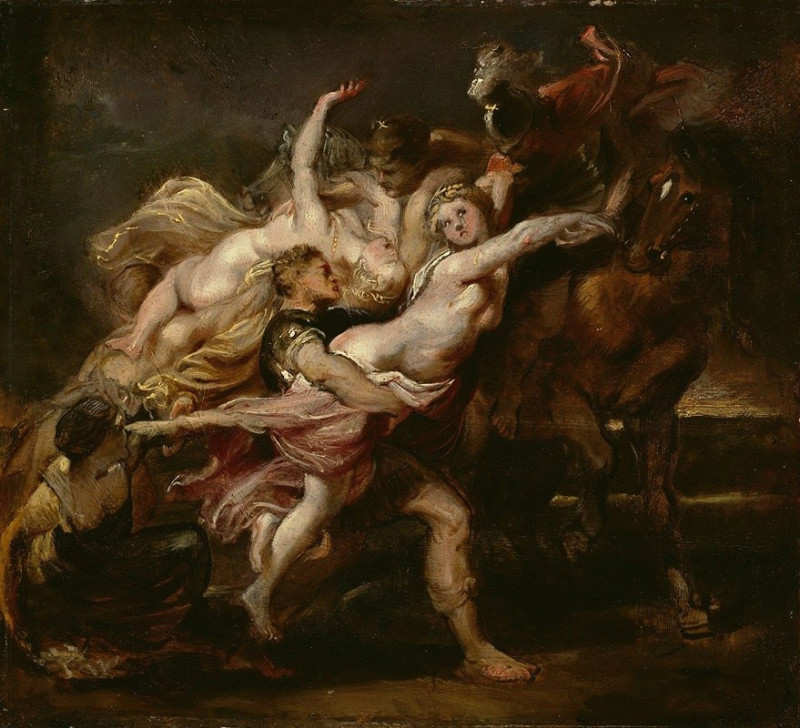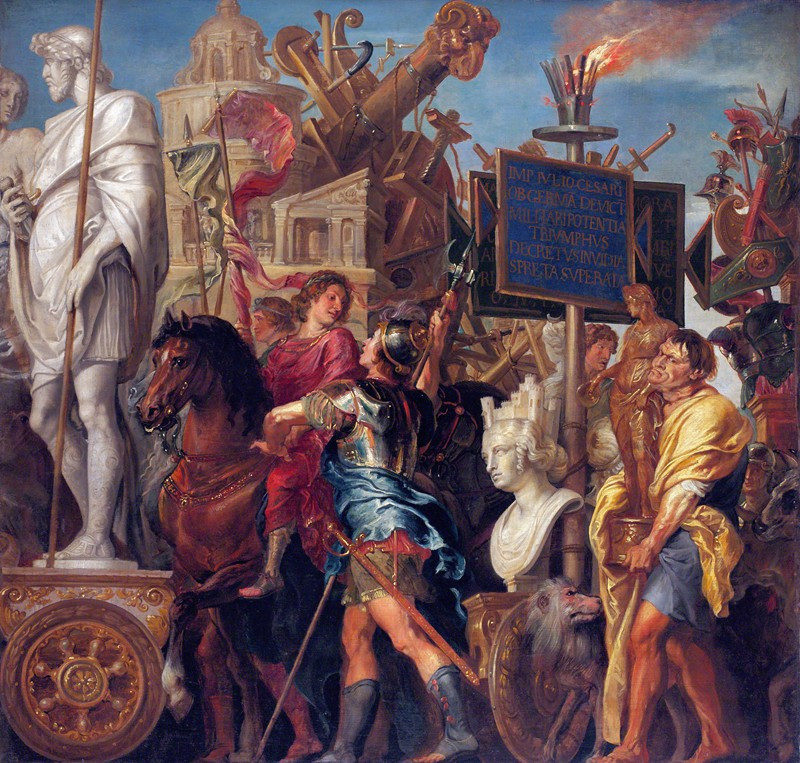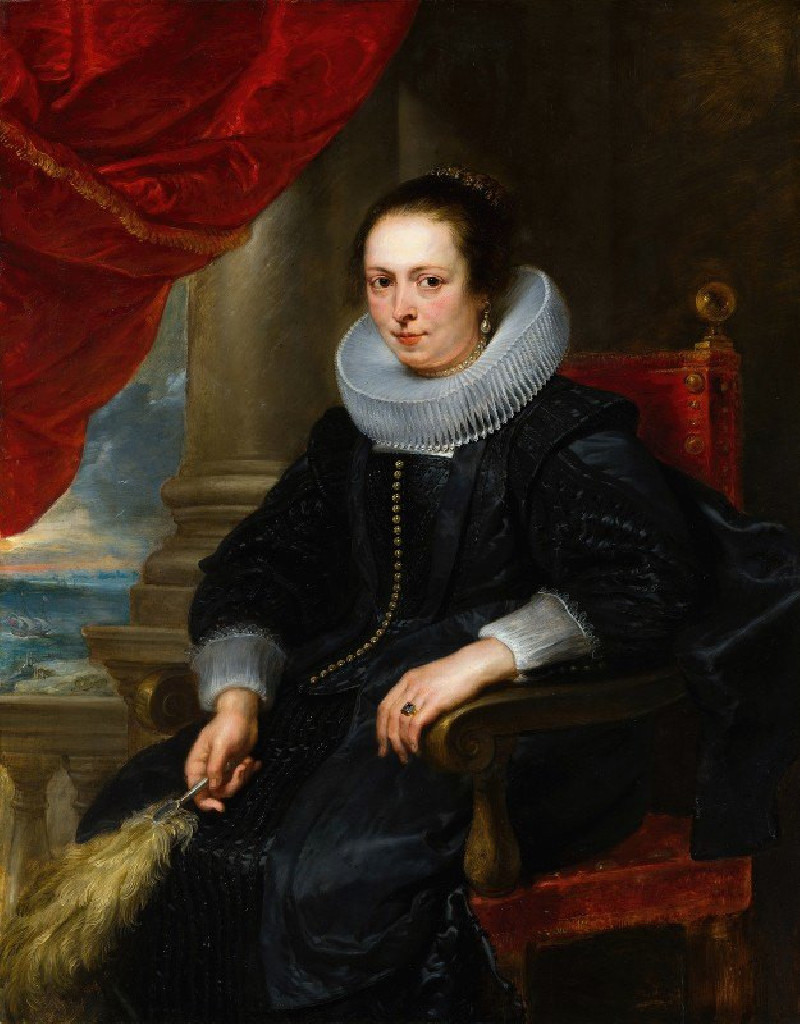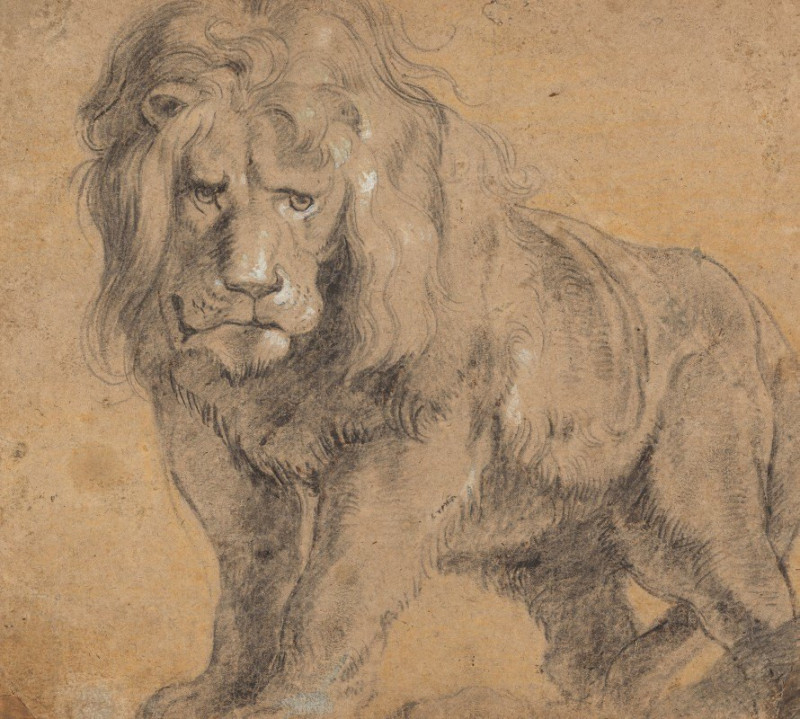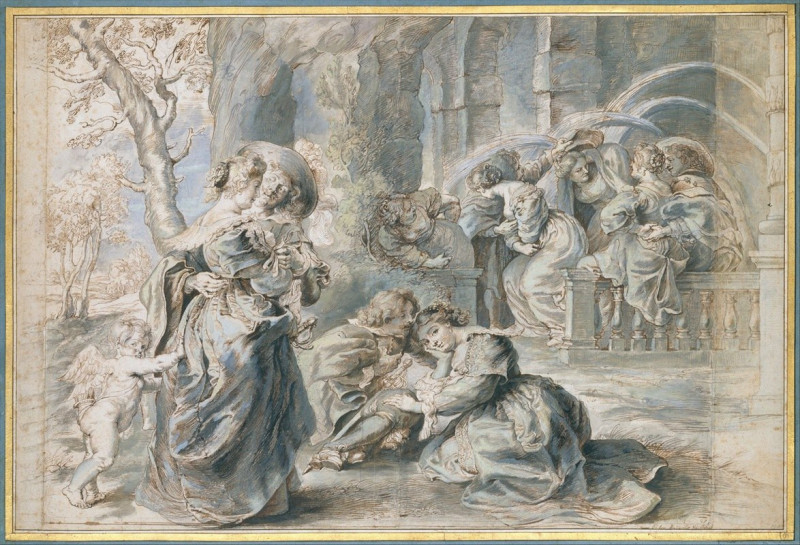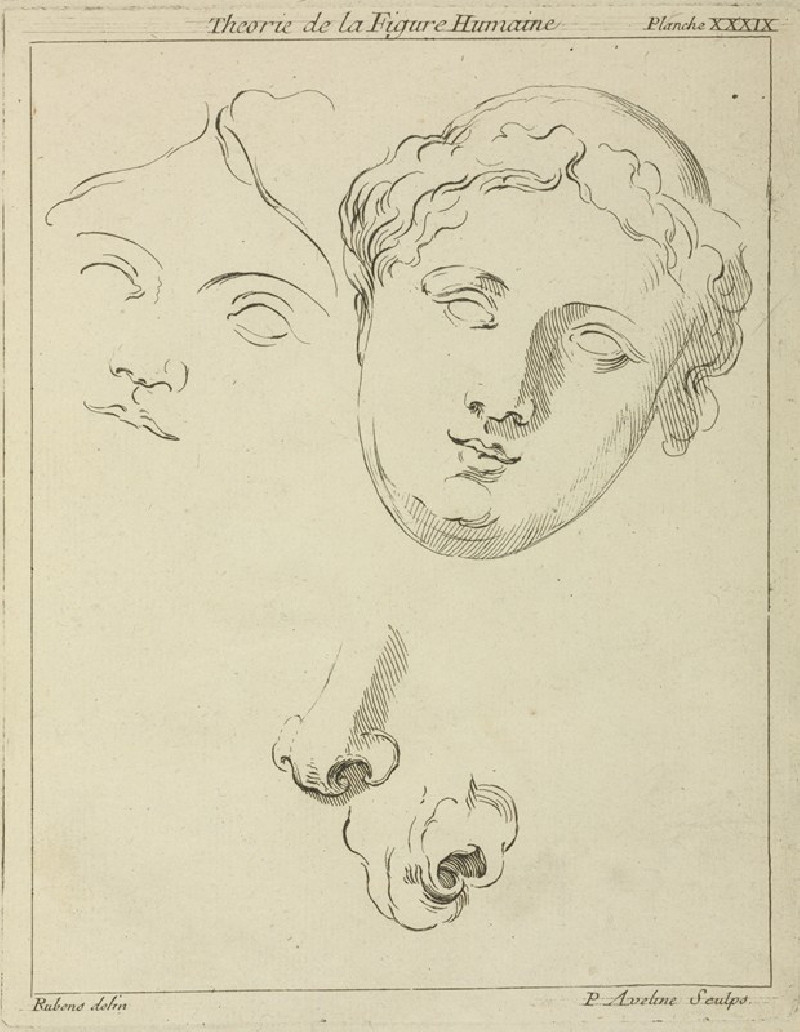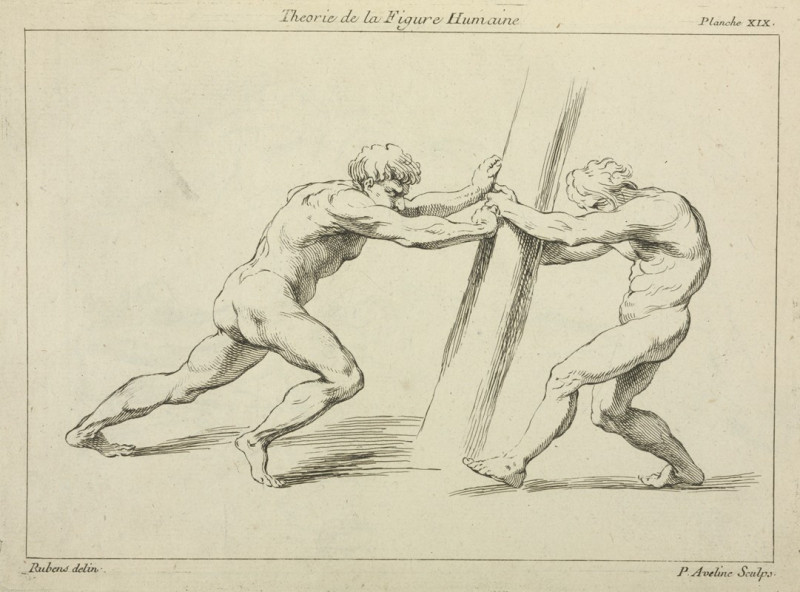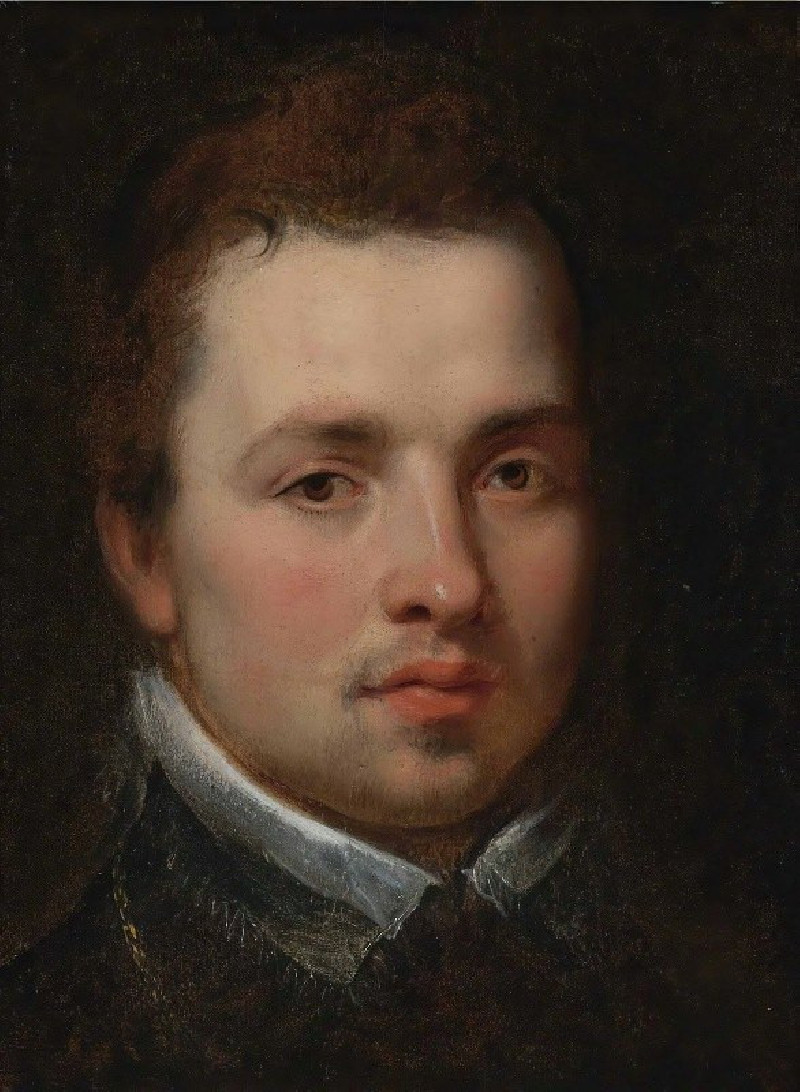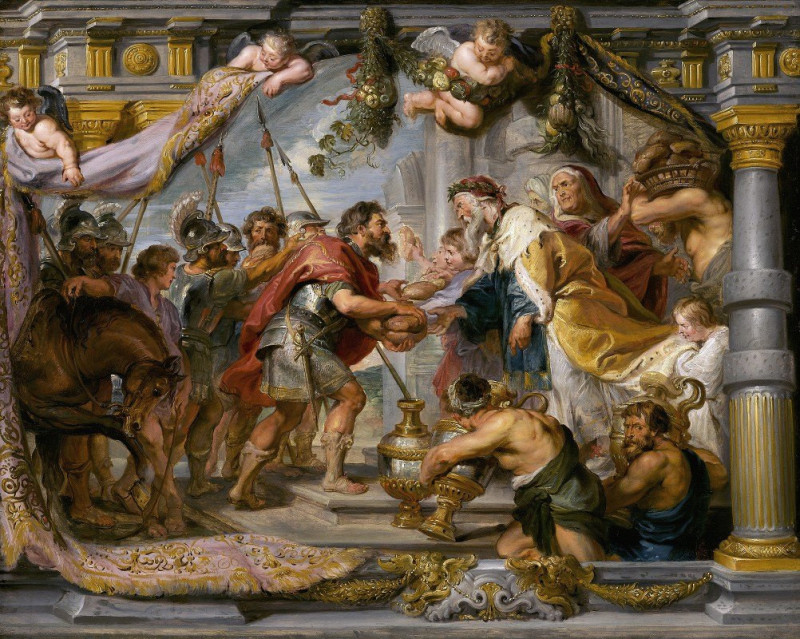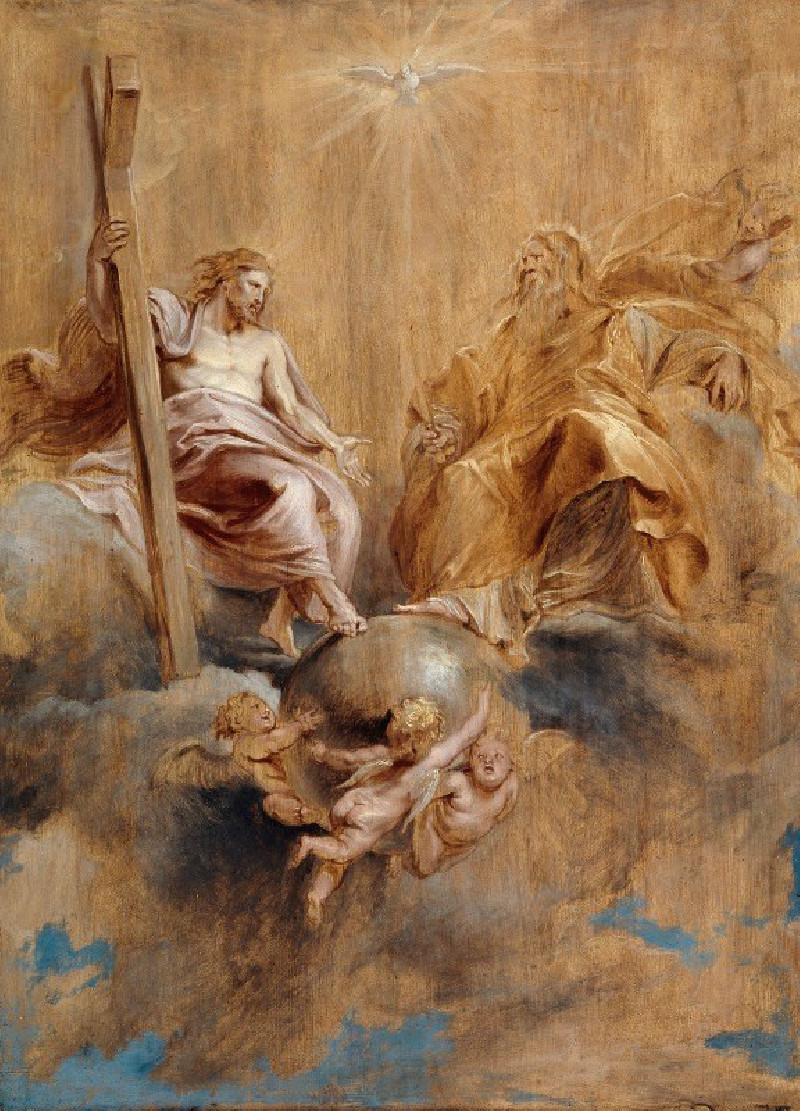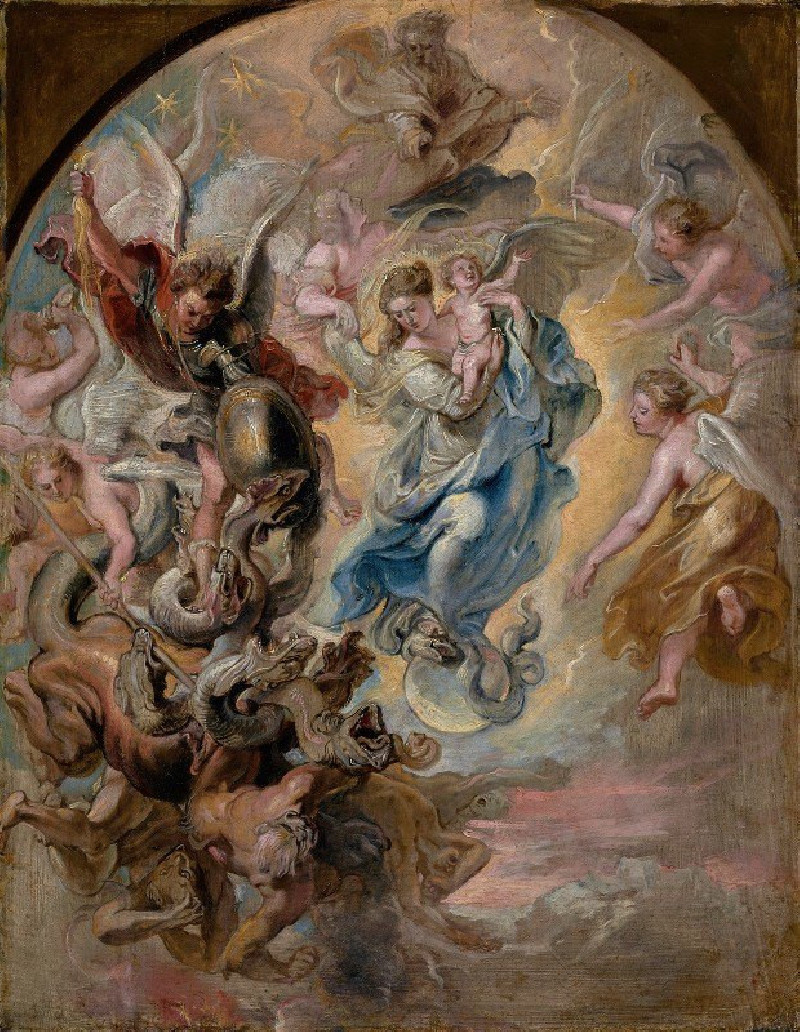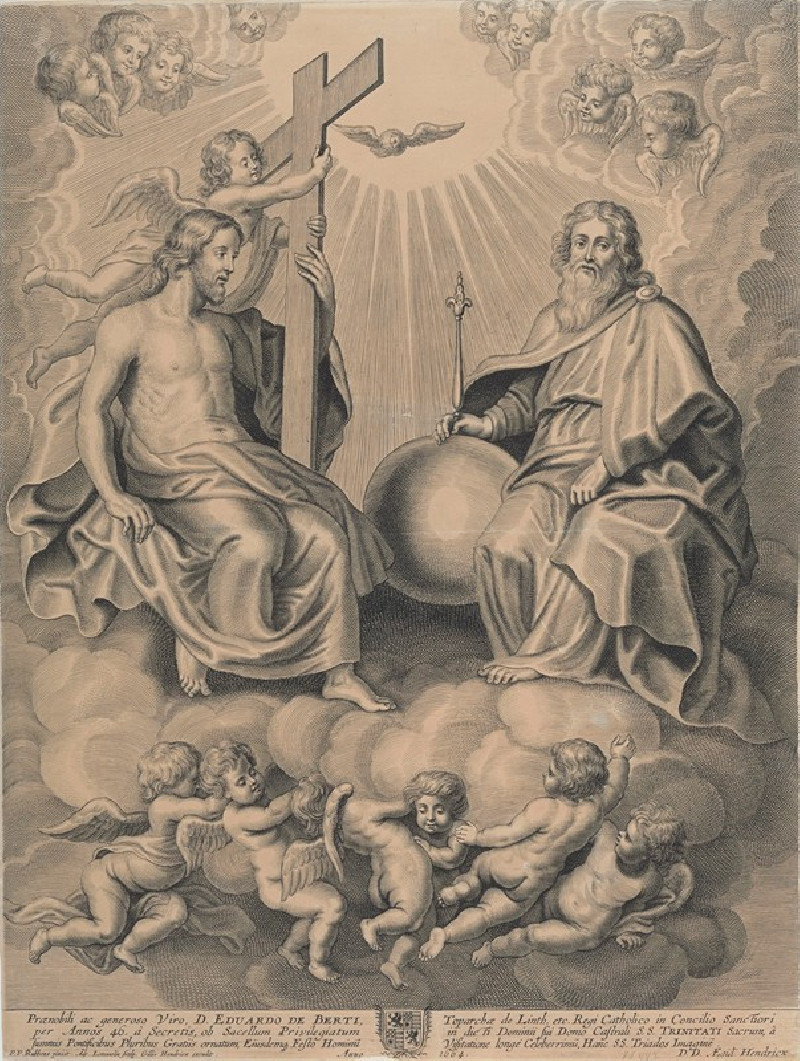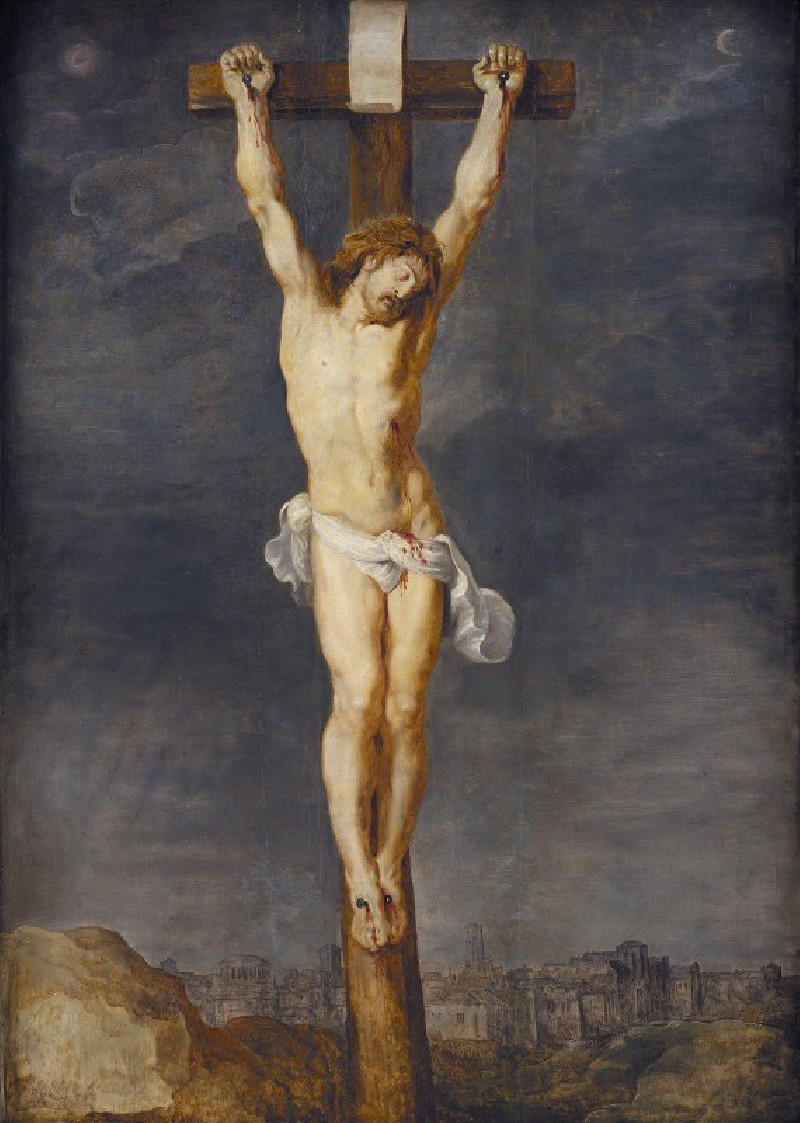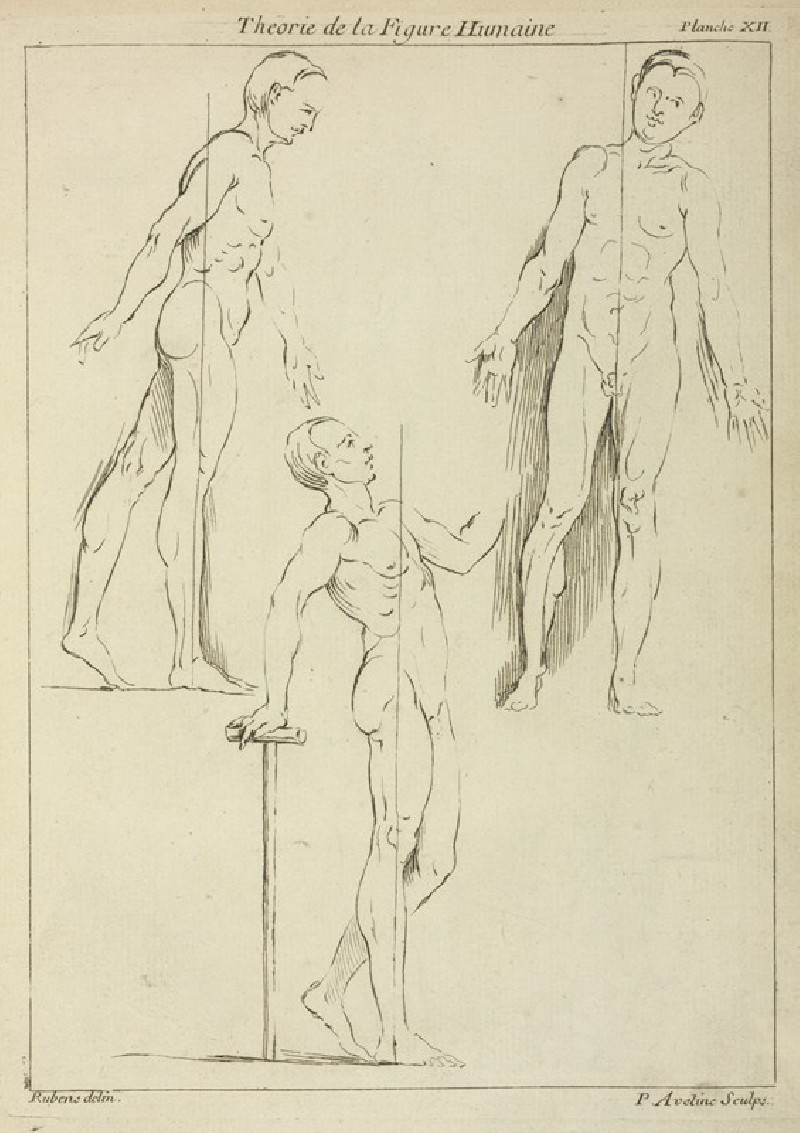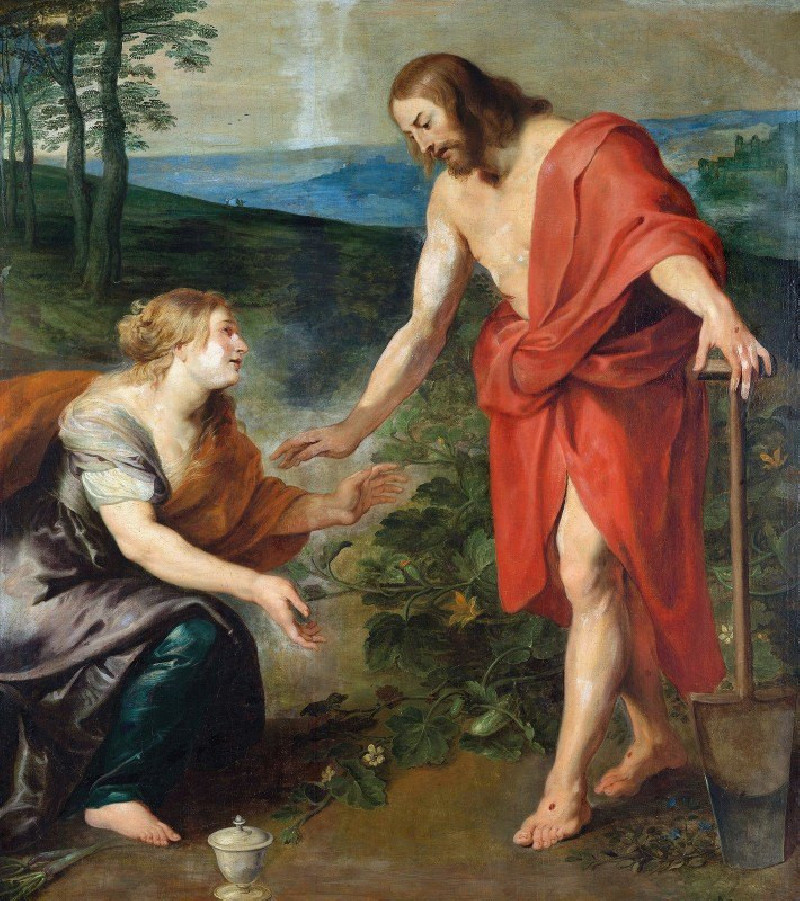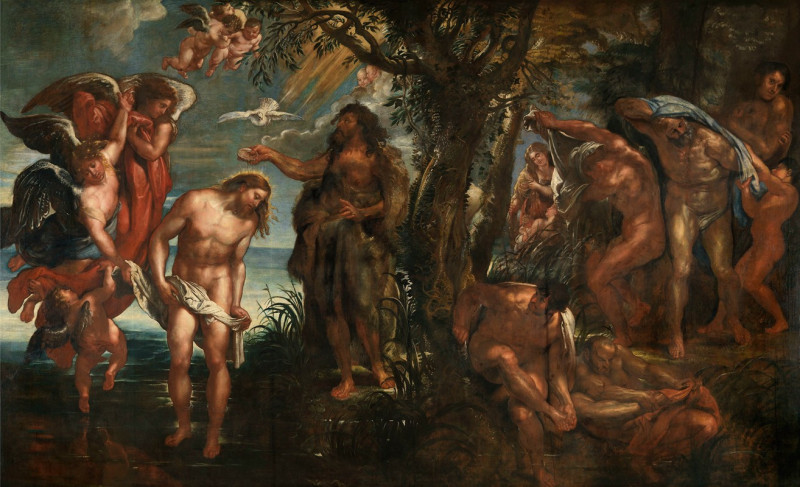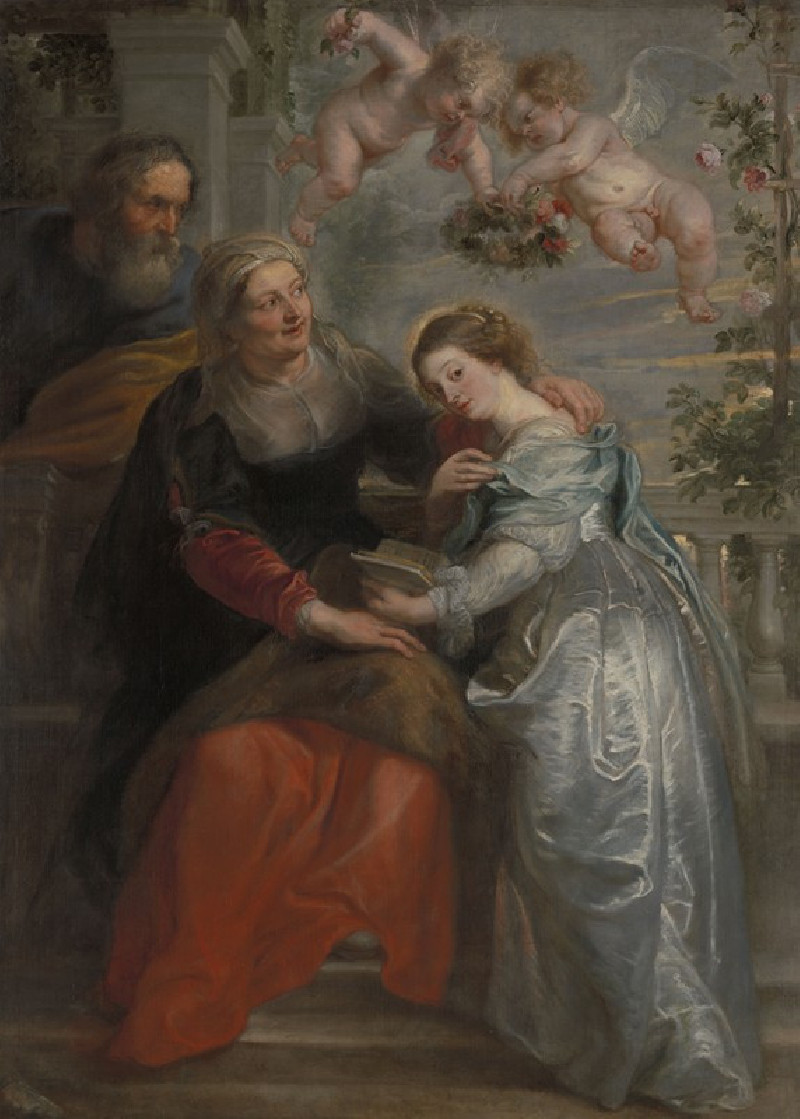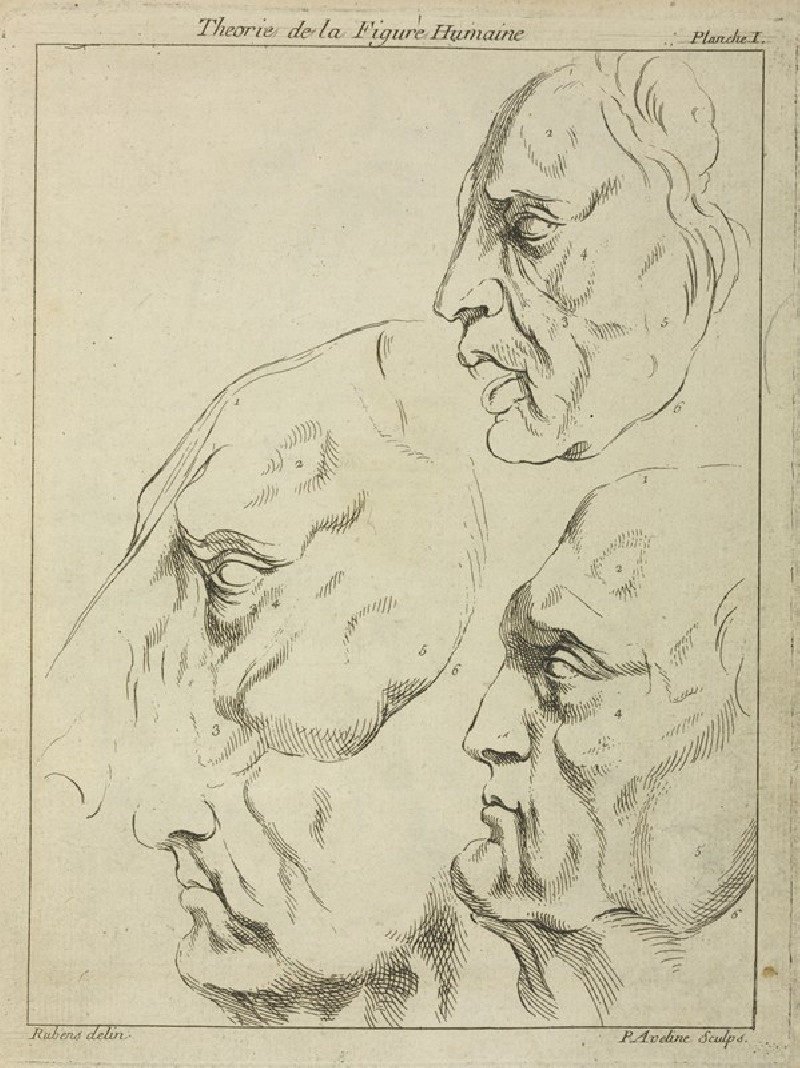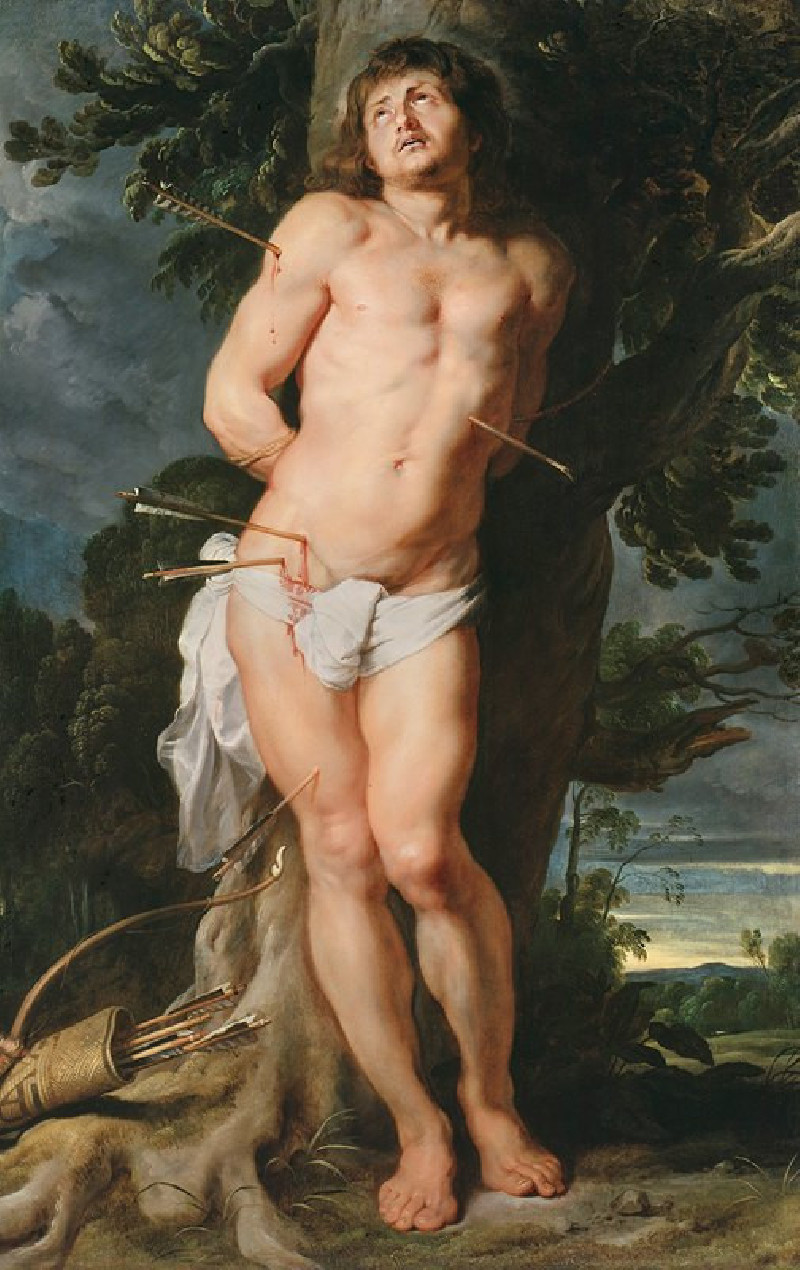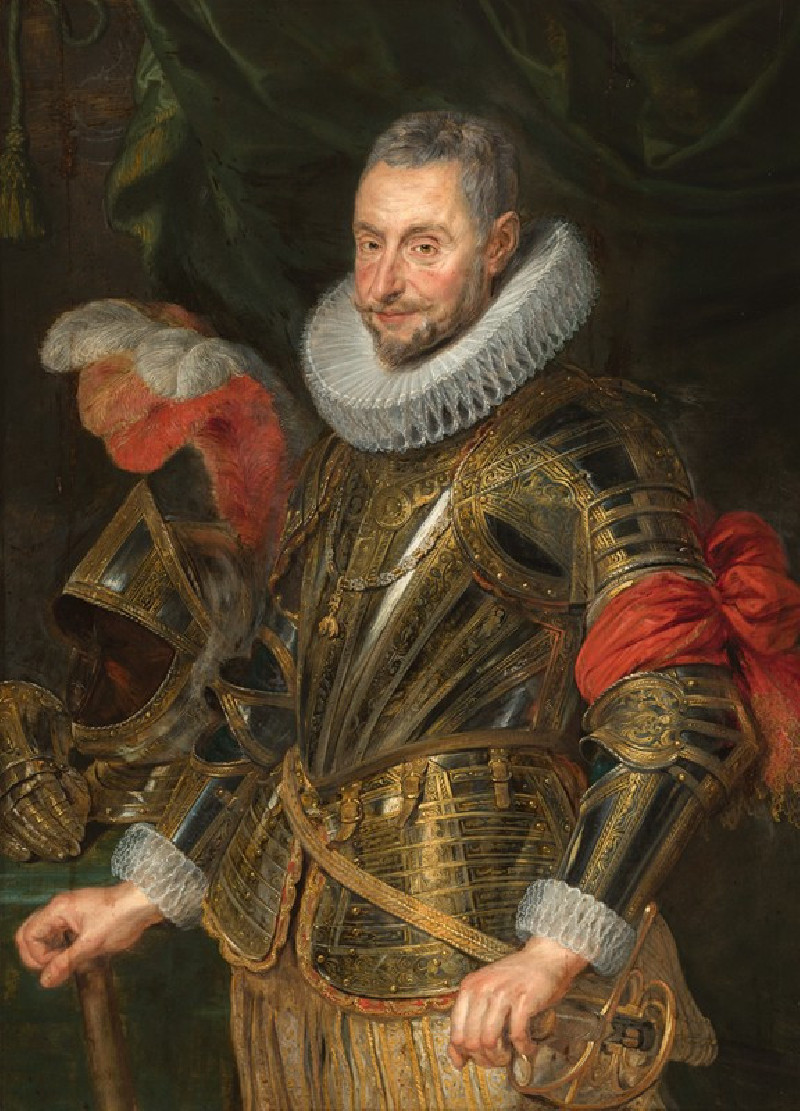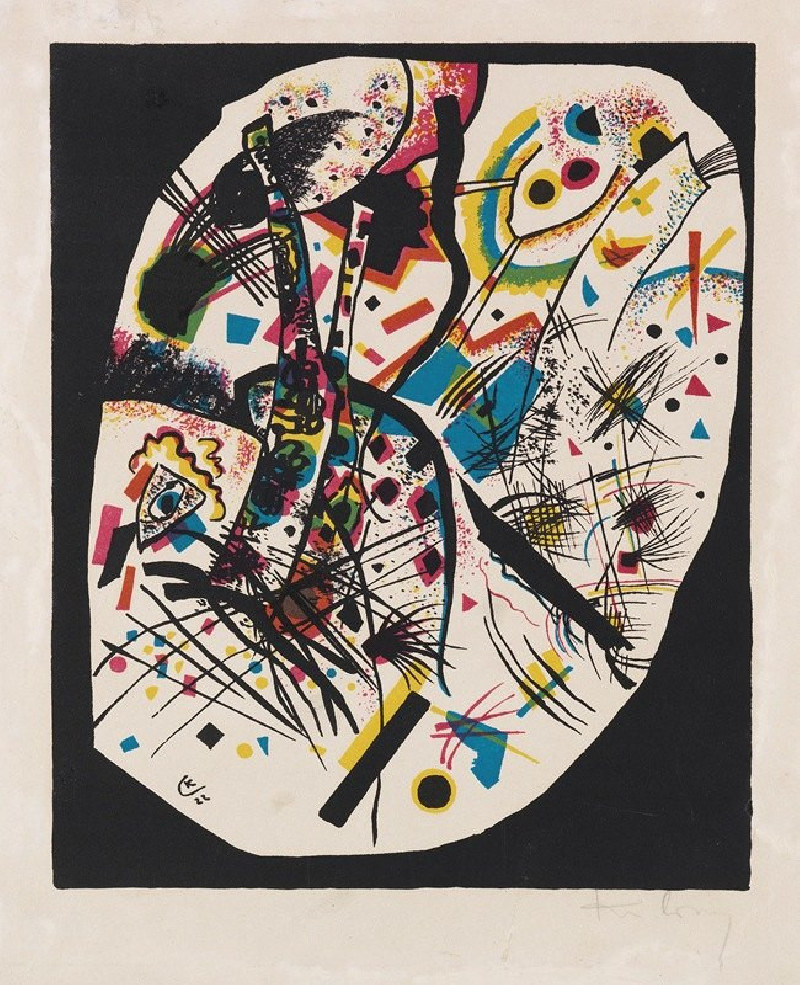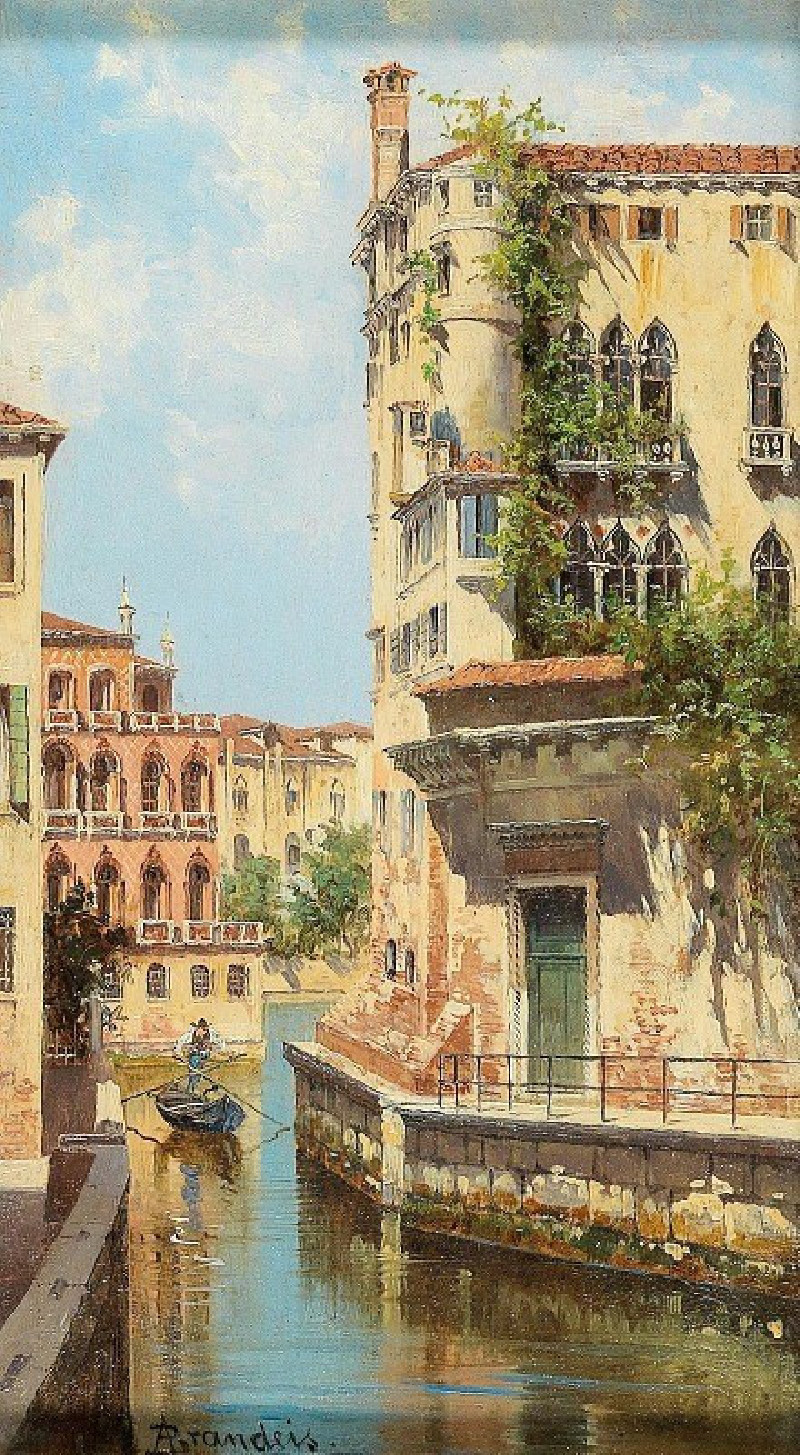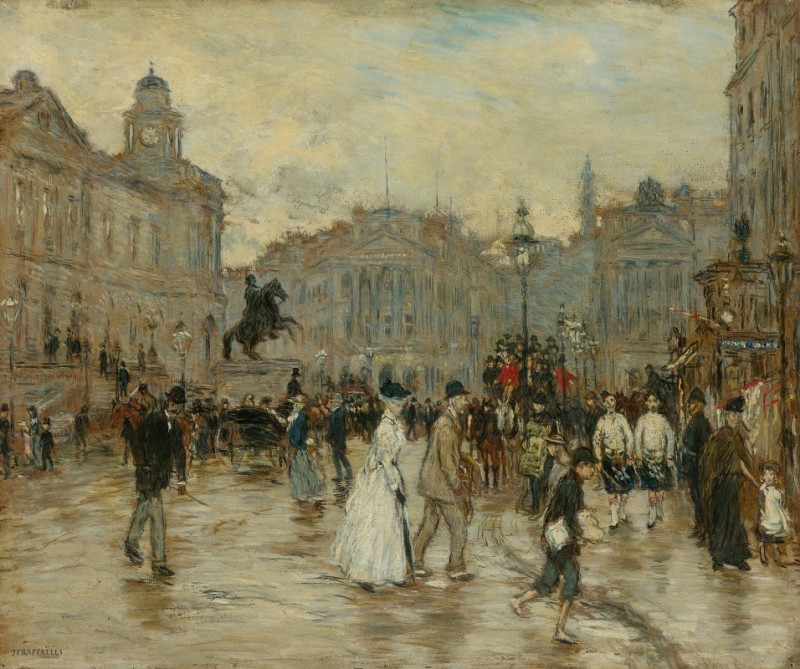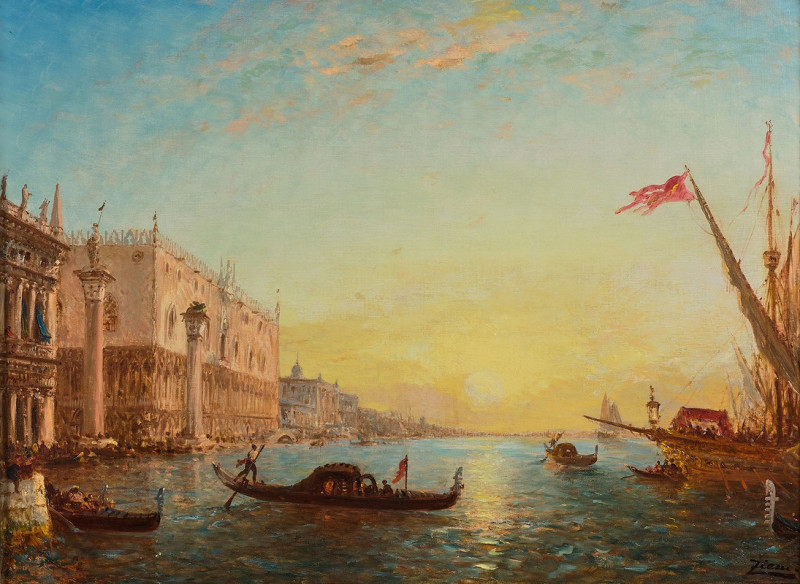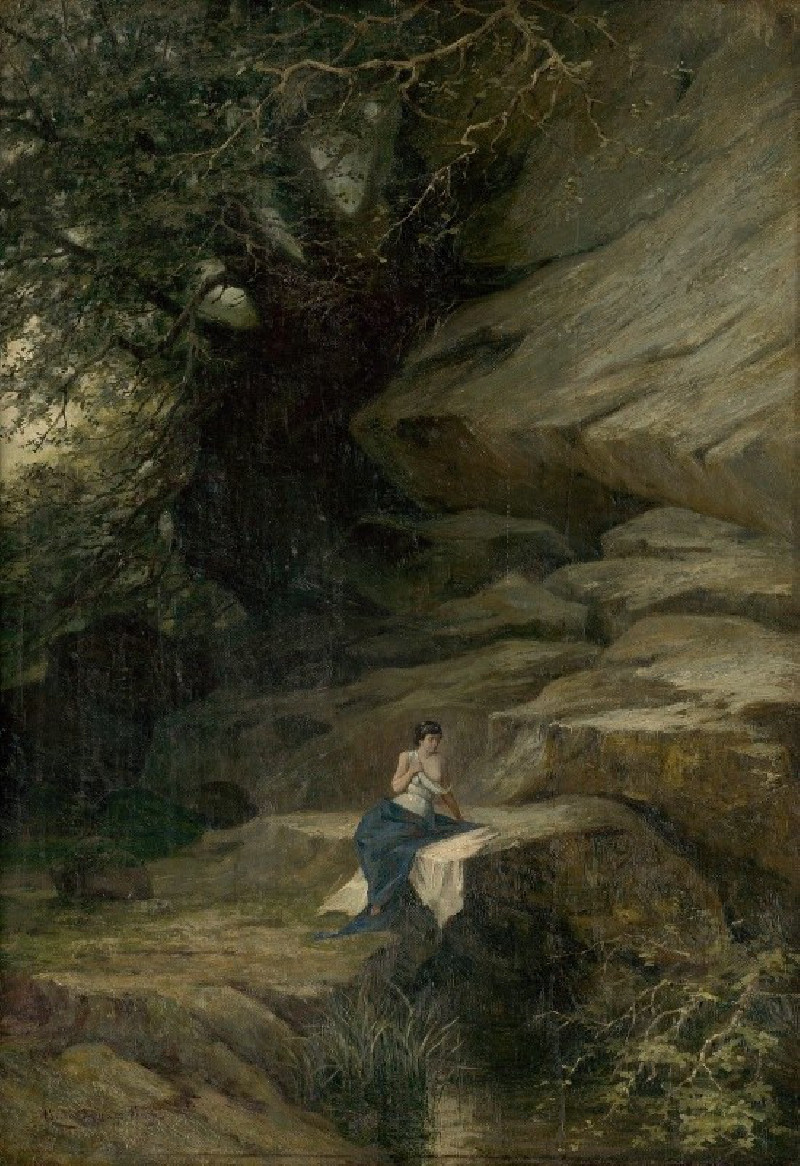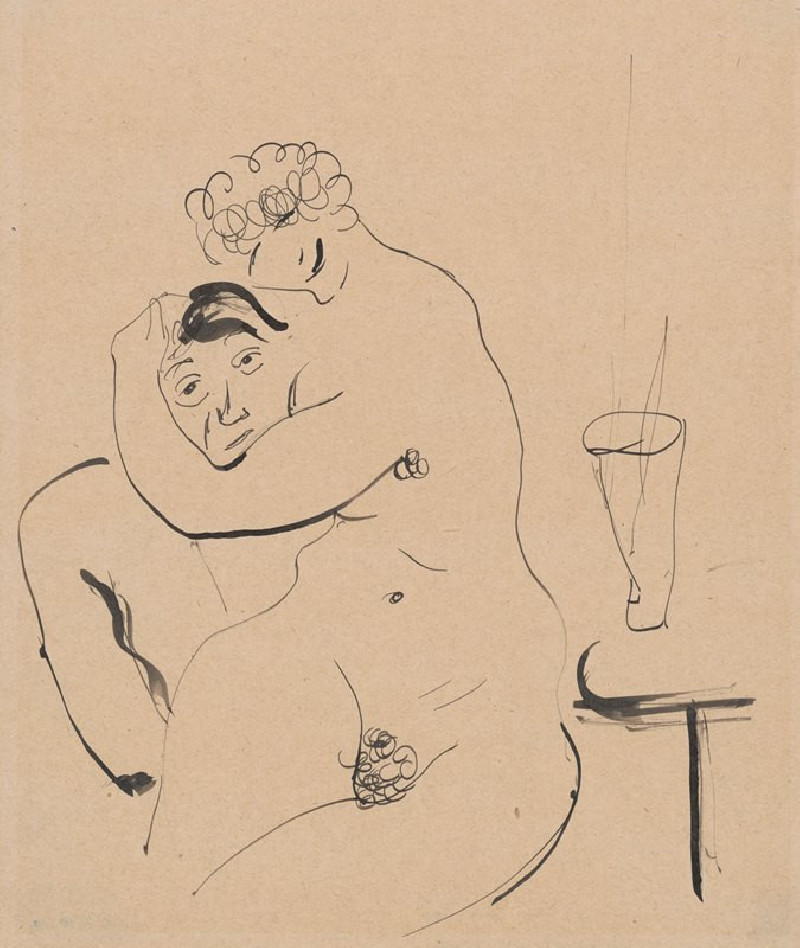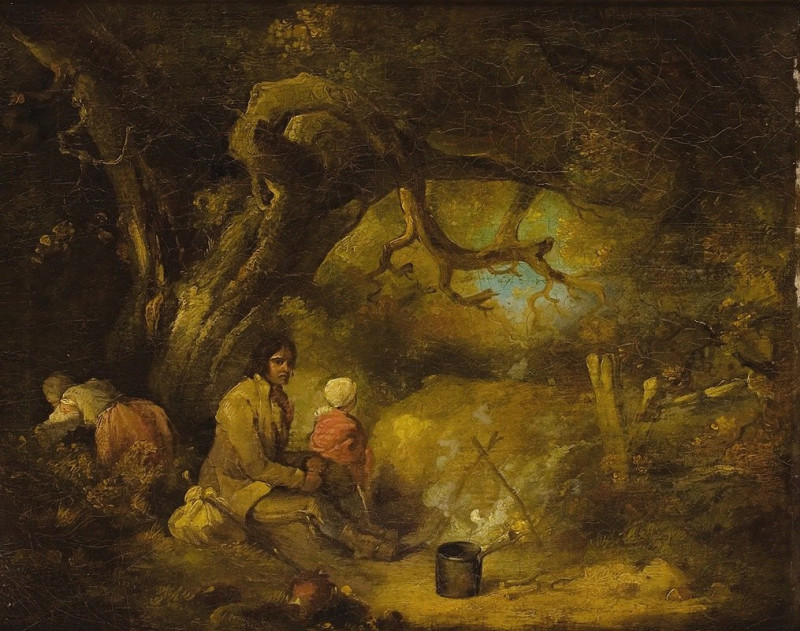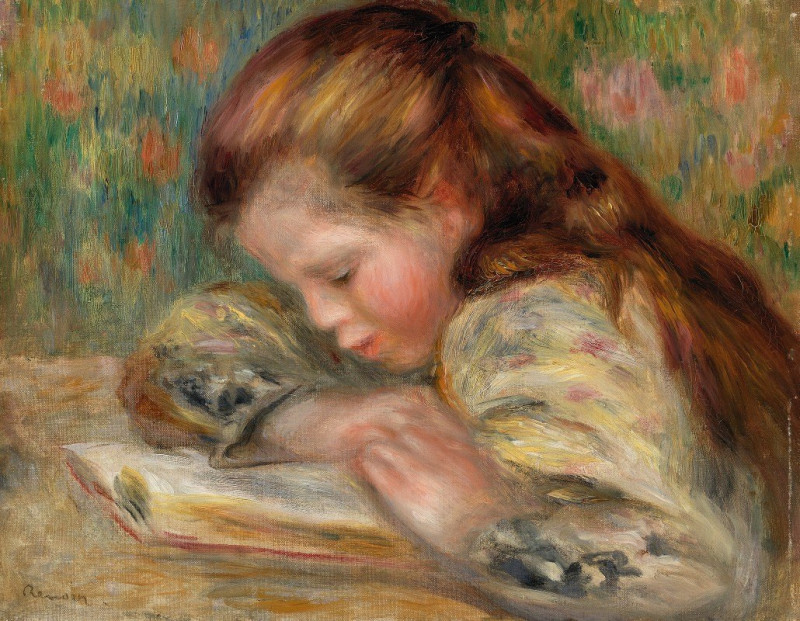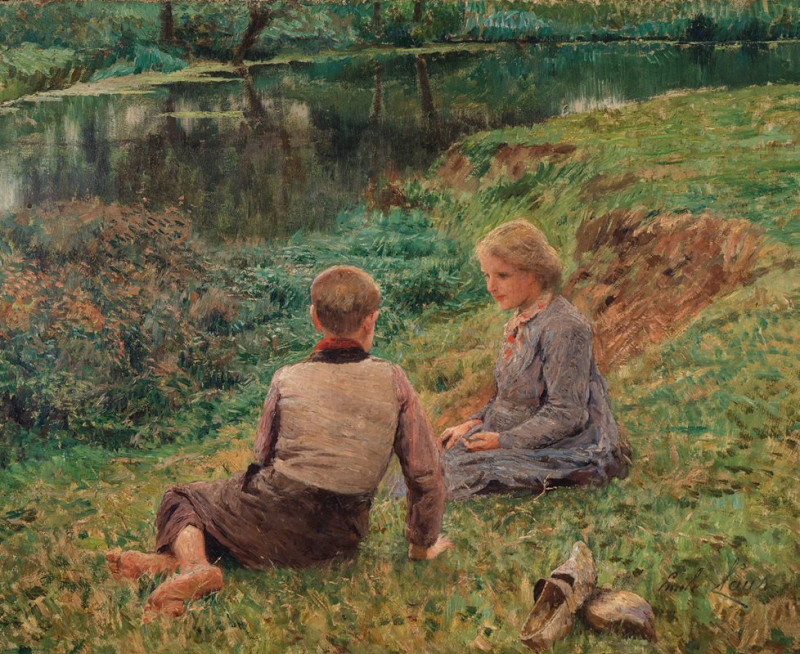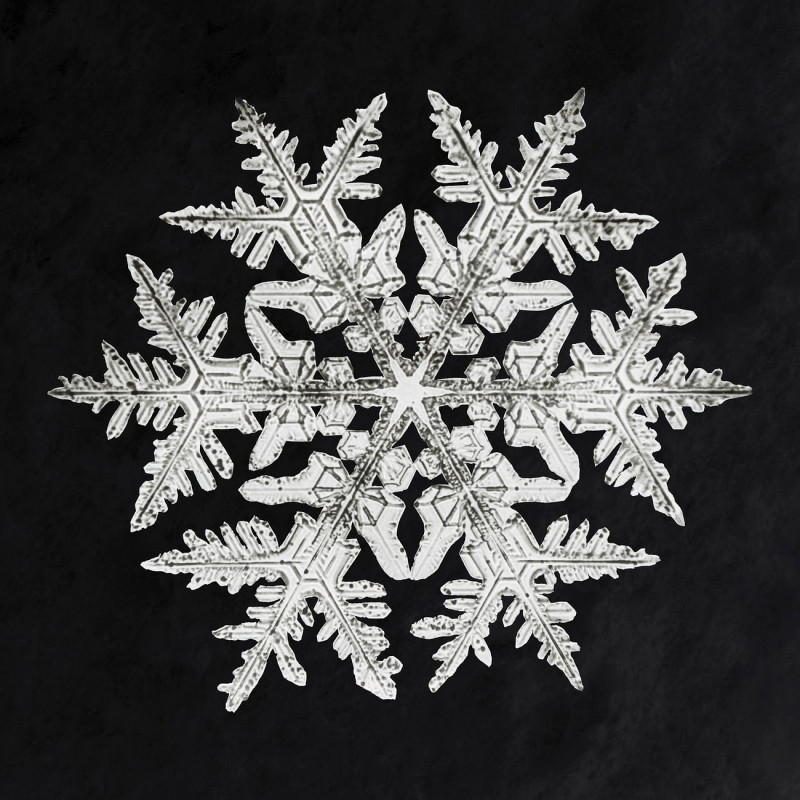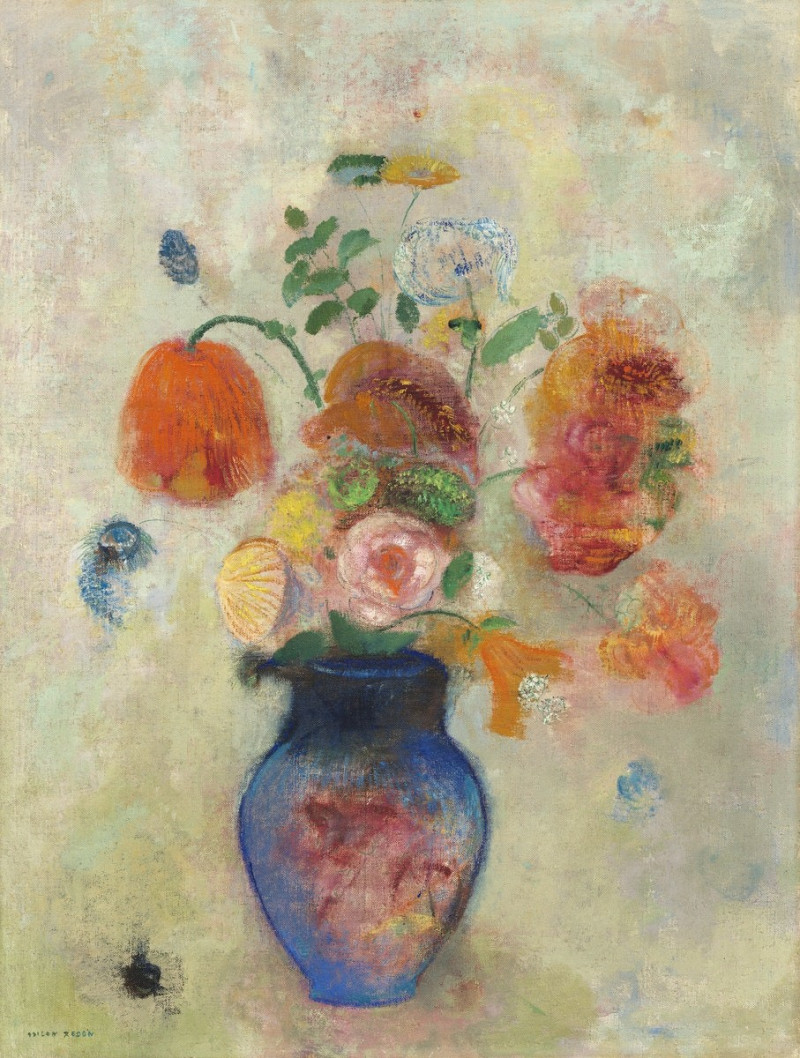The Union of Earth and Water
More about this artwork
Peter Paul Rubens' painting "The Union of Earth and Water" (c. 1618) is a quintessential Baroque masterpiece that allegorically represents the harmonious relationship between Earth, personified as Cybele, and Water, embodied by Neptune. The dynamic composition features robust, intertwined figures, surrounded by minor deities and symbols of fertility and abundance. Rubens' use of a rich color palette, dramatic contrasts of light and shadow, and fluid brushwork brings the scene to life with vibrant realism. This painting, housed in the Hermitage Museum, exemplifies Rubens' skill in blending classical mythology with Baroque dynamism, creating a powerful visual metaphor for nature's interconnectedness.
Delivery
Returns
Sir Peter Paul Rubens was a Flemish artist and diplomat from the Duchy of Brabant in the Southern Netherlands (modern-day Belgium). He is considered the most influential artist of the Flemish Baroque tradition. Rubens's highly charged compositions reference erudite aspects of classical and Christian history. His unique and immensely popular Baroque style emphasized movement, colour, and sensuality, which followed the immediate, dramatic artistic style promoted in the Counter-Reformation. Rubens was a painter producing altarpieces, portraits, landscapes, and history paintings of mythological and allegorical subjects. He was also a prolific designer of cartoons for the Flemish tapestry workshops and of frontispieces for the publishers in Antwerp.


